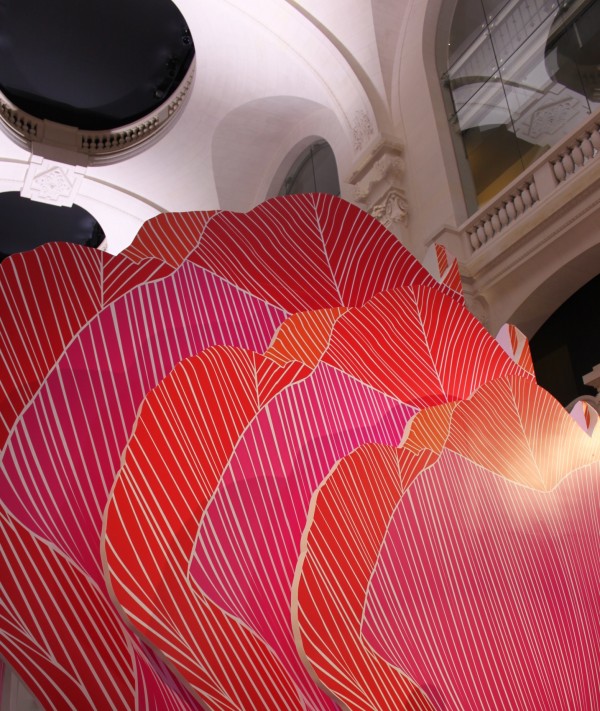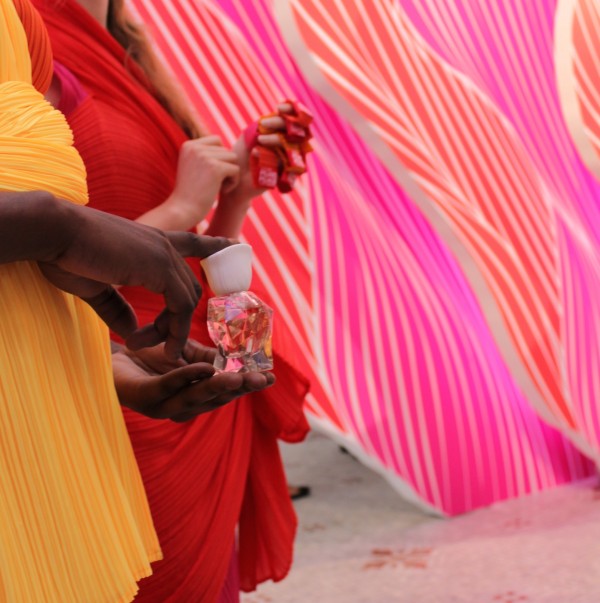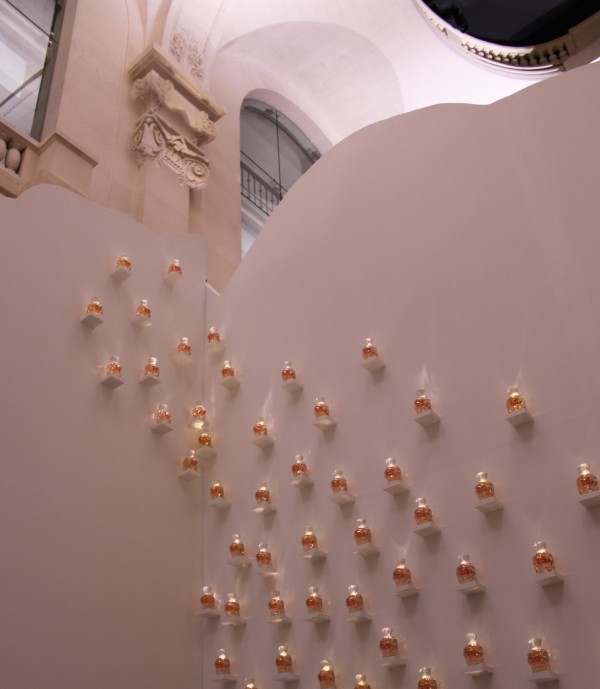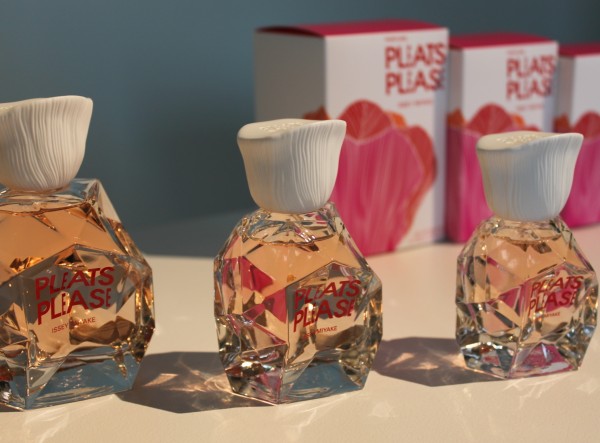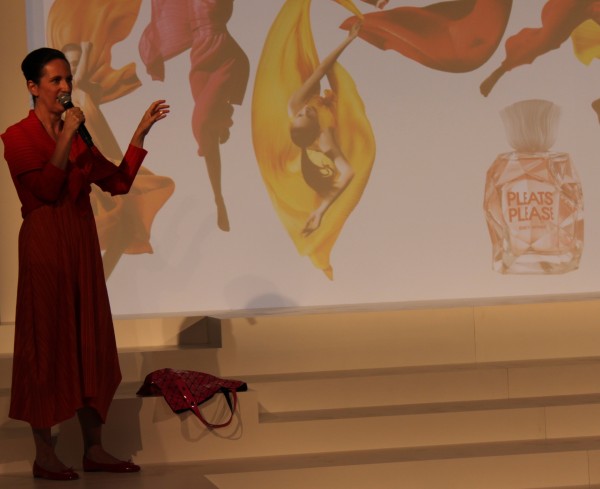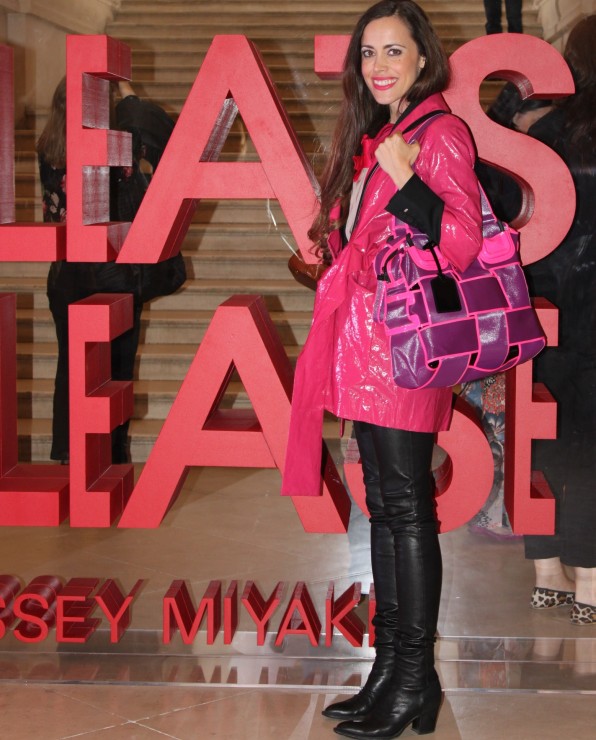ISSEY MIYAKE, Japanese fashion designer, died on Friday, August 5th, 2022, of liver cancer in Tokyo. He was 84. Miyake, whose name became a byword for Japan’s economic and fashion prowess in the 1980s, was best known for his innovative origami-like designs, the so-called «micro pleating», creating skirts, dresses and trousers with prisms of unfolding shapes, that have lately enjoyed a surge in popularity among a new and younger consumer base.
Kazunaru Miyake was born on April 22, 1938. He walked with a pronounced limp, the result of surviving the atomic bomb dropped on Hiroshima, his hometown, on Aug. 6, 1945. His mother died three years later from radiation poisoning. He graduated in 1963 from Tama Art University in Tokyo, where he majored in design, followed by studies in Paris during the student protests of 1968, and a stint in New York.
ISSEY MIYAKE’s first collection was launched in New York in 1971, and began to be shown in Paris Fashion Week from F/W 1973.
From the very beginning to this day, Issey Miyake’s design has focused on the concept of «A Piece of Cloth». The Japanese designer broke the boundaries between East and West and pursued «the body, the fabric covering it and a comfortable relationship between the two» as a fundamental concept, both shocking and resonating with people the world over.
ISSEY MIYAKE has grown to include a vast number of creative personnel and innovative new techniques, but its core design style – creating clothes from original materials starting with the research of a single thread – has transcended generations. The brand is led by designer Satoshi Kondo since S/S 2020, as it explores the relationship between the body and the clothes with creative ideas for modern women.
ISSEY MIYAKE’s second line Pleats Please is a collection of clothes that are a product in themselves, made with a unique «garment pleating» technique where the materials are developed from a single thread and pleats are added after sewing the clothes into shape. First launched in the ISSEY MIYAKE line in 1988, this pleats line grew until it finally became a brand of its own with the launch of the S/S 1994 collection.
These clothes combine functionality – they’re light and wrinkle-proof, they don’t need to be dry-cleaned, and they can be folded to a compact size for easy storage and carrying – with a versatility that makes them suitable for all settings in your daily life. Comfortable and beautiful too, these clothes have become deeply entrenched in the daily lives of modern women. This brand reflects Issey Miyake’s fundamental concept that «design is not for philosophy, but for life,» and continues to evolve today.
His proprietary heat treating system meant that the accordionlike pleats in his designs could be machine washed, would never lose their shape and offered the ease of loungewear. He also produced the black turtleneck that became part of the signature look of Steve Jobs, the Apple co-founder.
His Bao Bao bag, made from mesh fabric layered with small colorful triangles of polyvinyl, has long been an accessory of choice for creative industries.
His designs found their way onto the 1982 cover of Artforum — unheard-of for a fashion designer at the time — and into the permanent collection of the Museum of Modern Art in New York. In 2010, he received the Order of Culture, Japan’s highest honor for the arts.
«I don’t consider myself a fashion designer. Anything that’s ‘in fashion’ goes out of style too quickly. I don’t make fashion. I make clothes,» Miyake told the magazine ParisVoice in 1998.
«I am most interested in people and the human form,» Mr. Miyake told The Times in 2014. «Clothing is the closest thing to all humans.»
Rest in peace, Mr. Miyake! Your legacy will live on!
LoL, Sandra
Photos: Courtesy of Issey Miyake
DISCLOSURE: We may earn commission from links on this page, but I only recommend products I love. Promise.



























